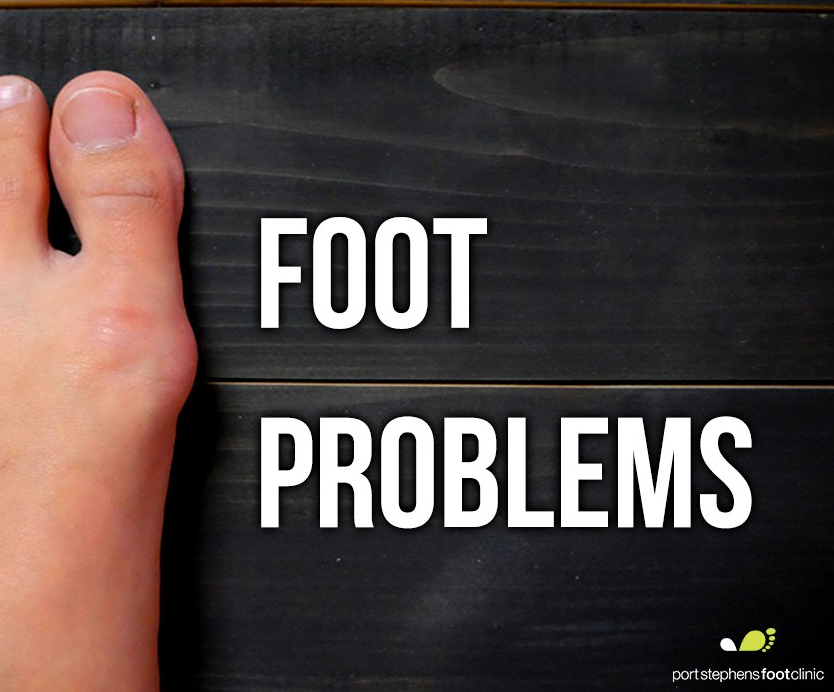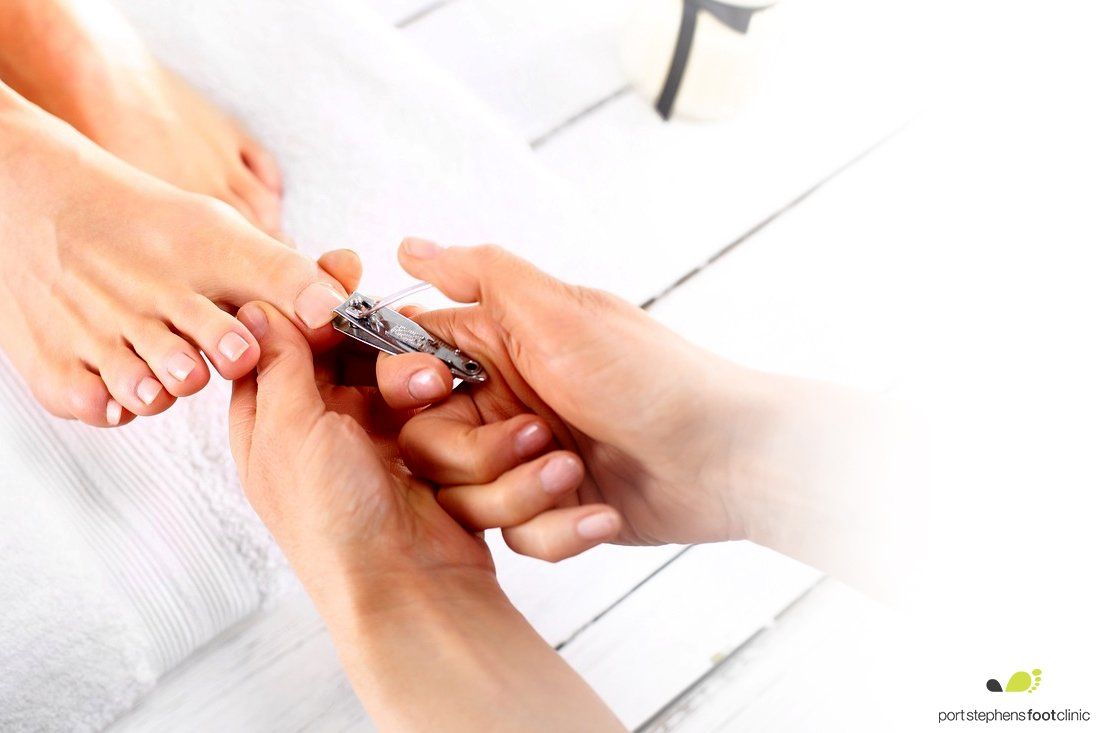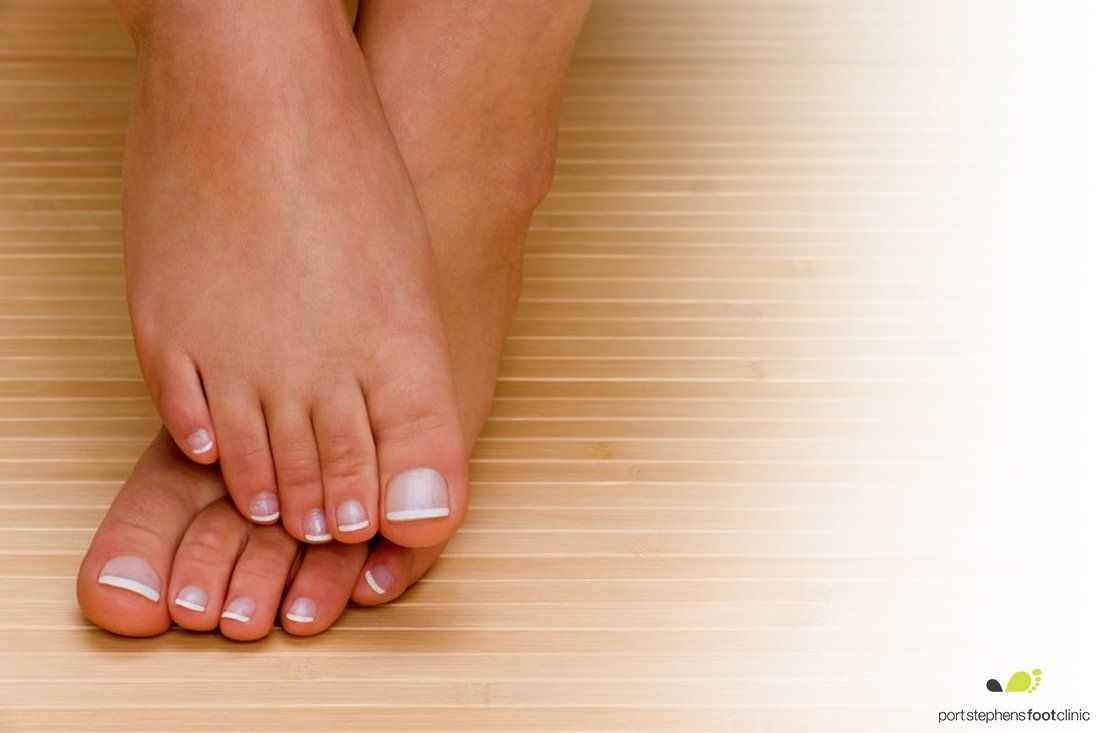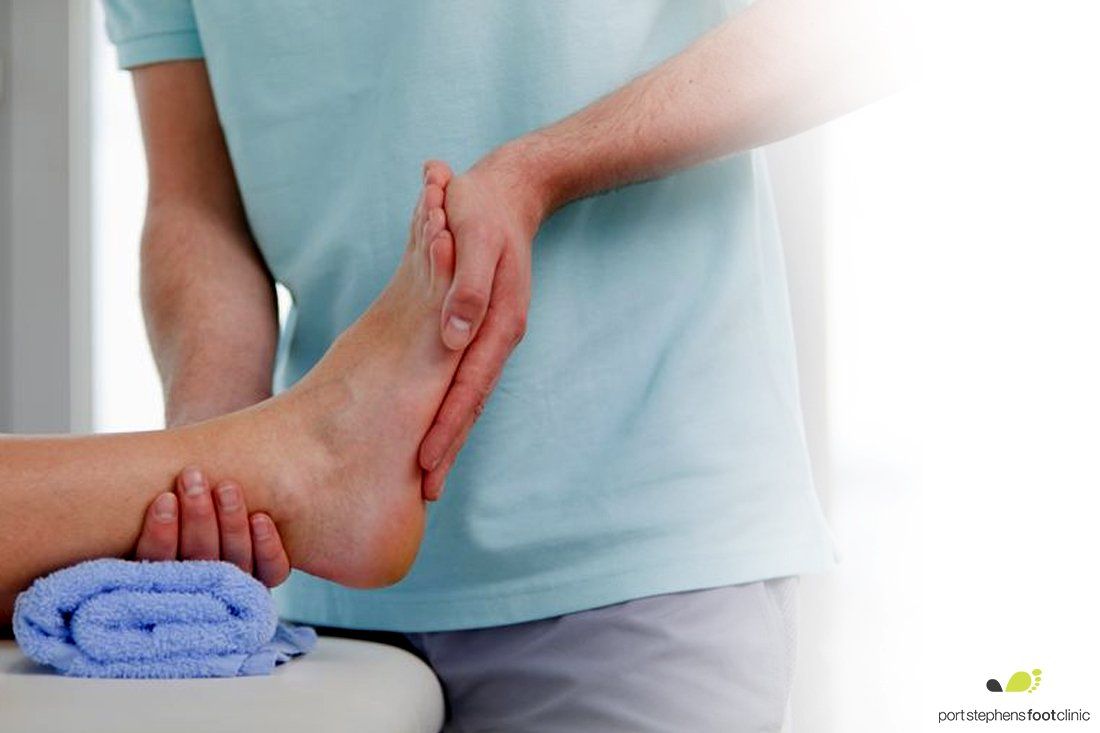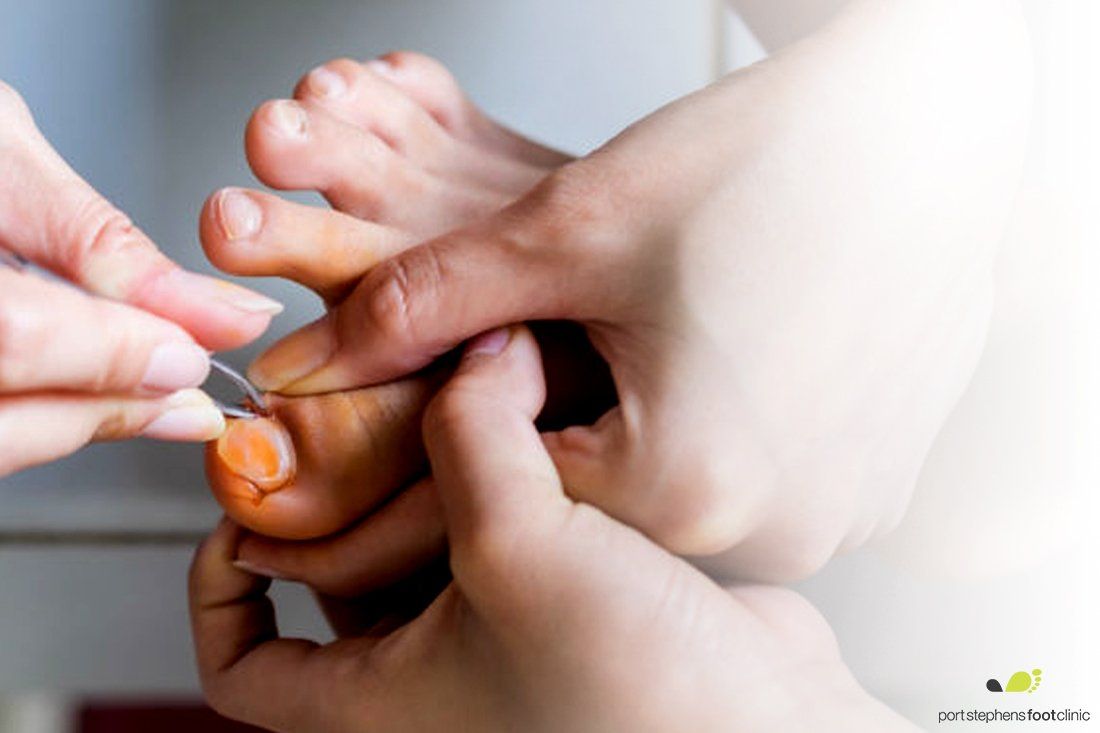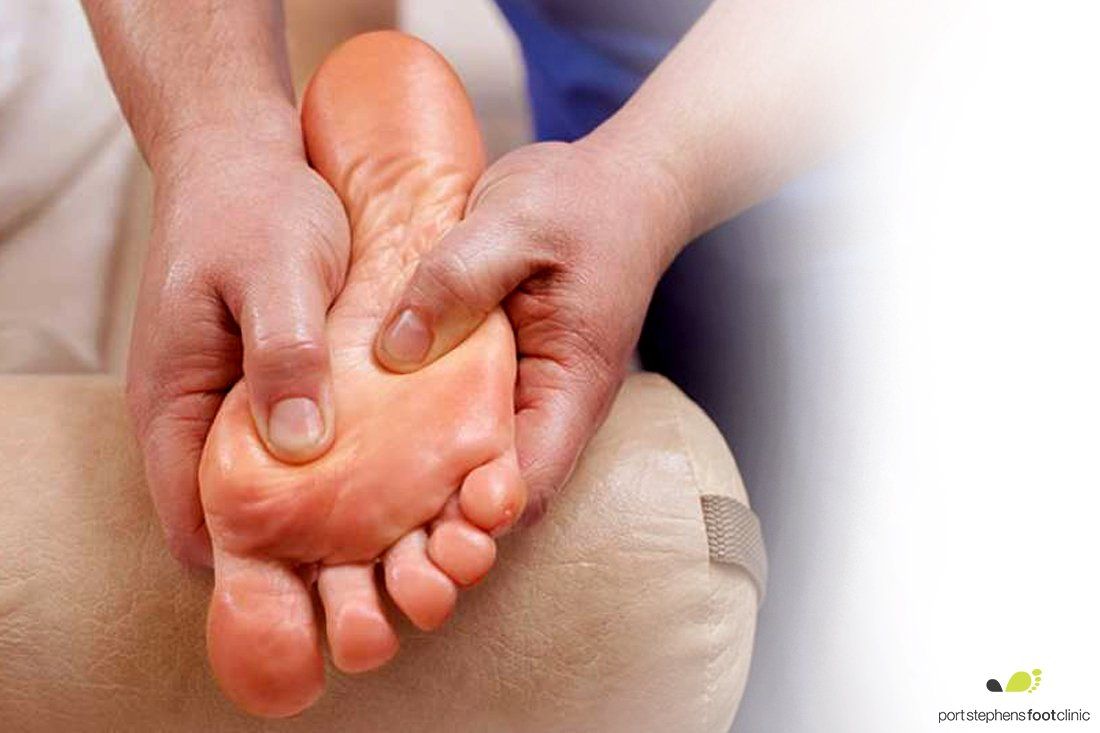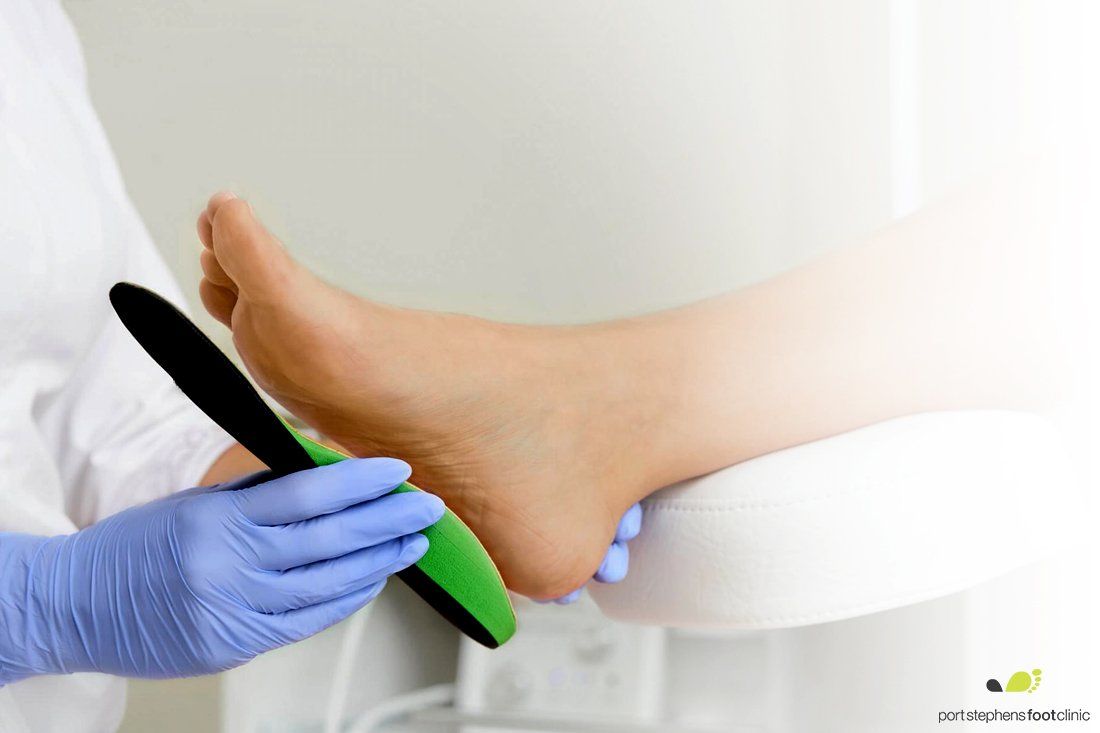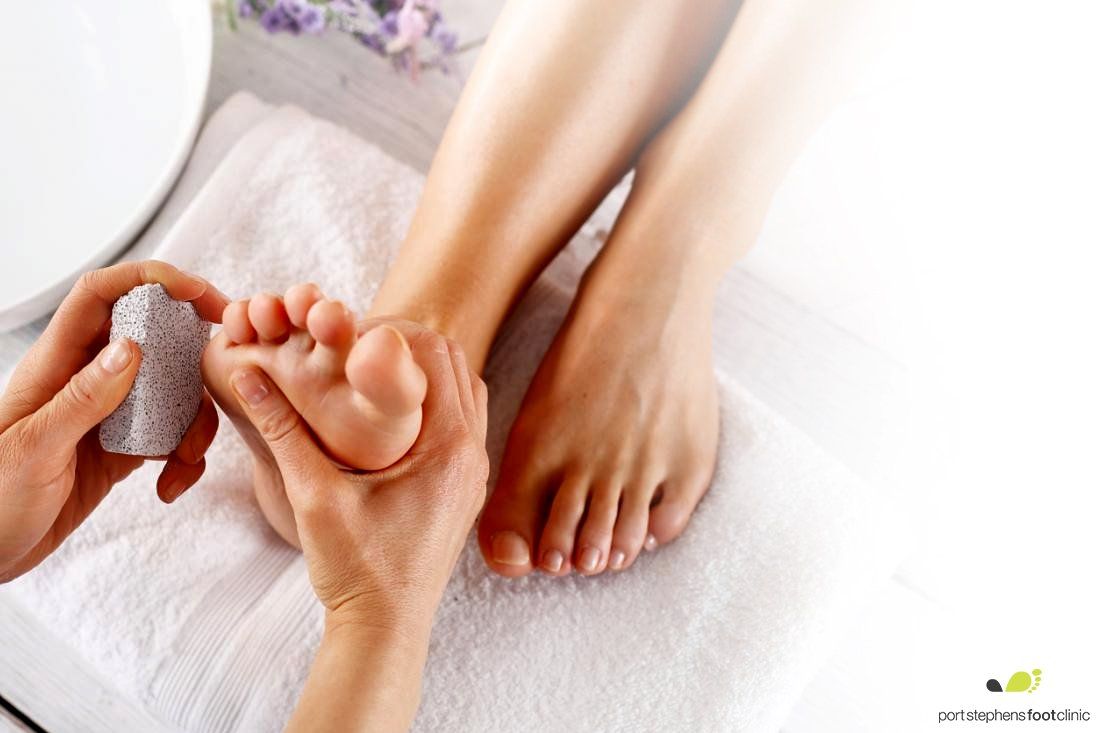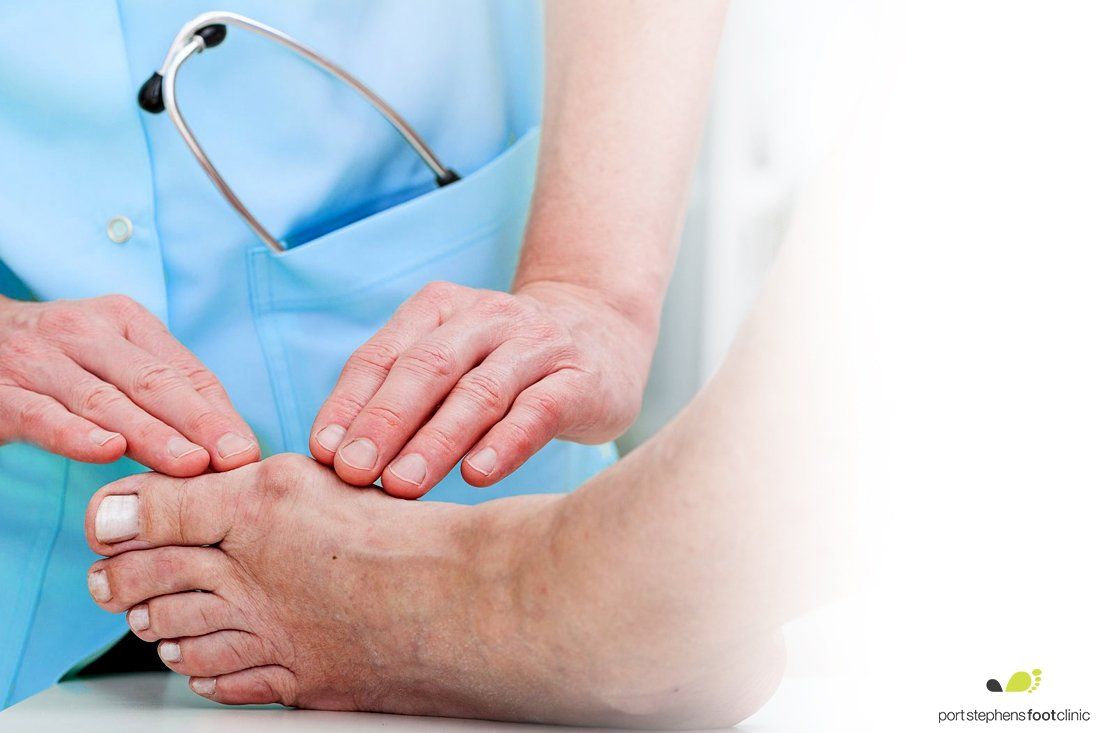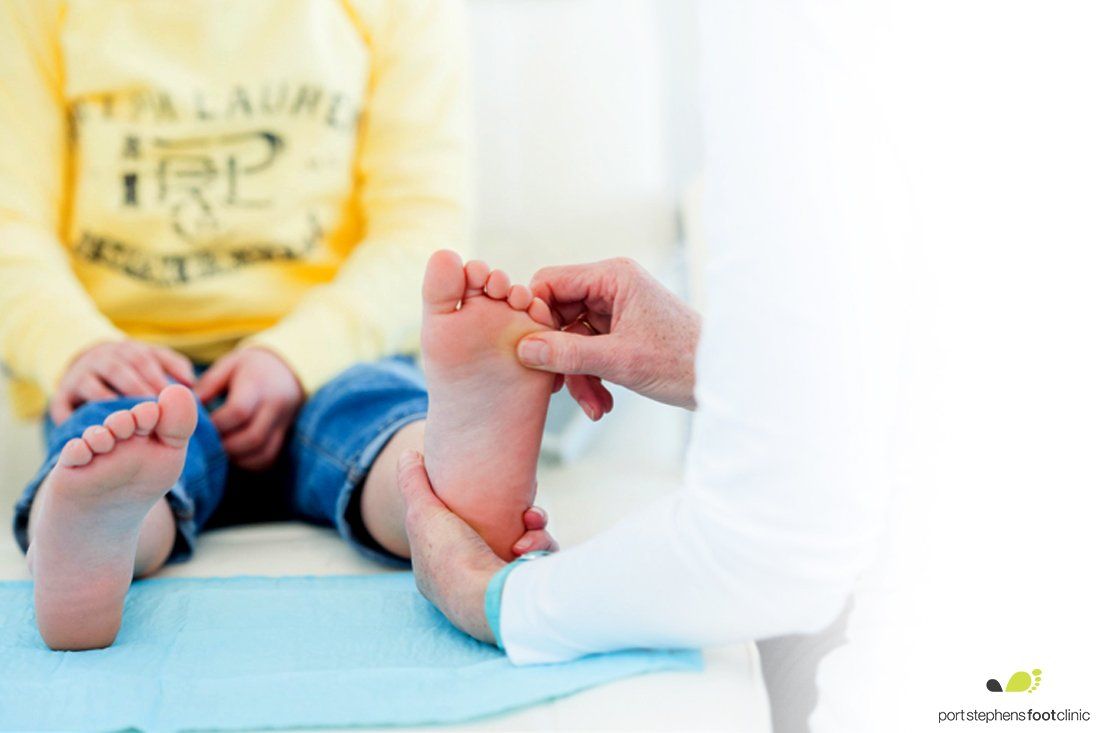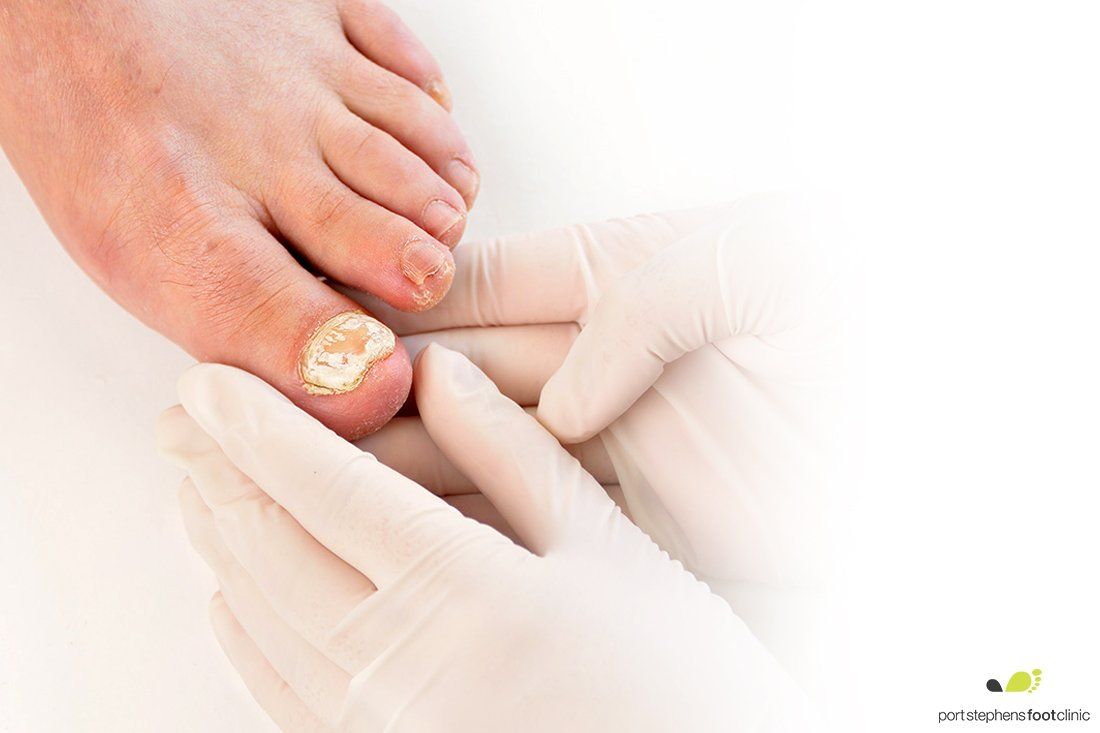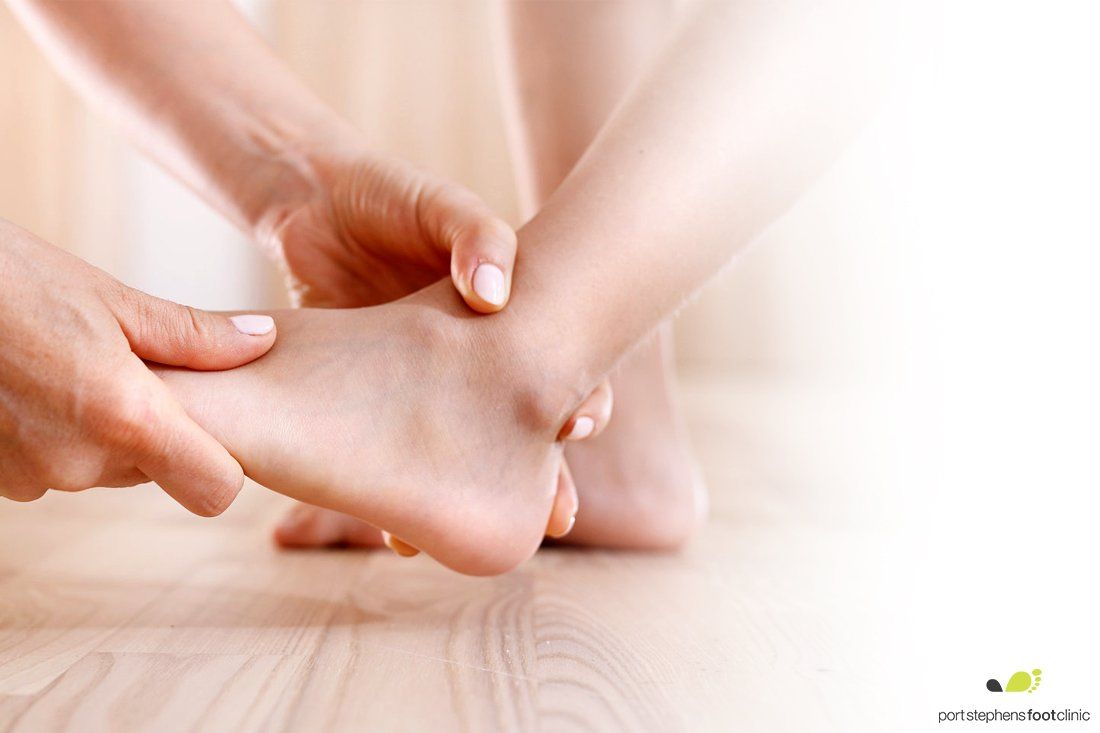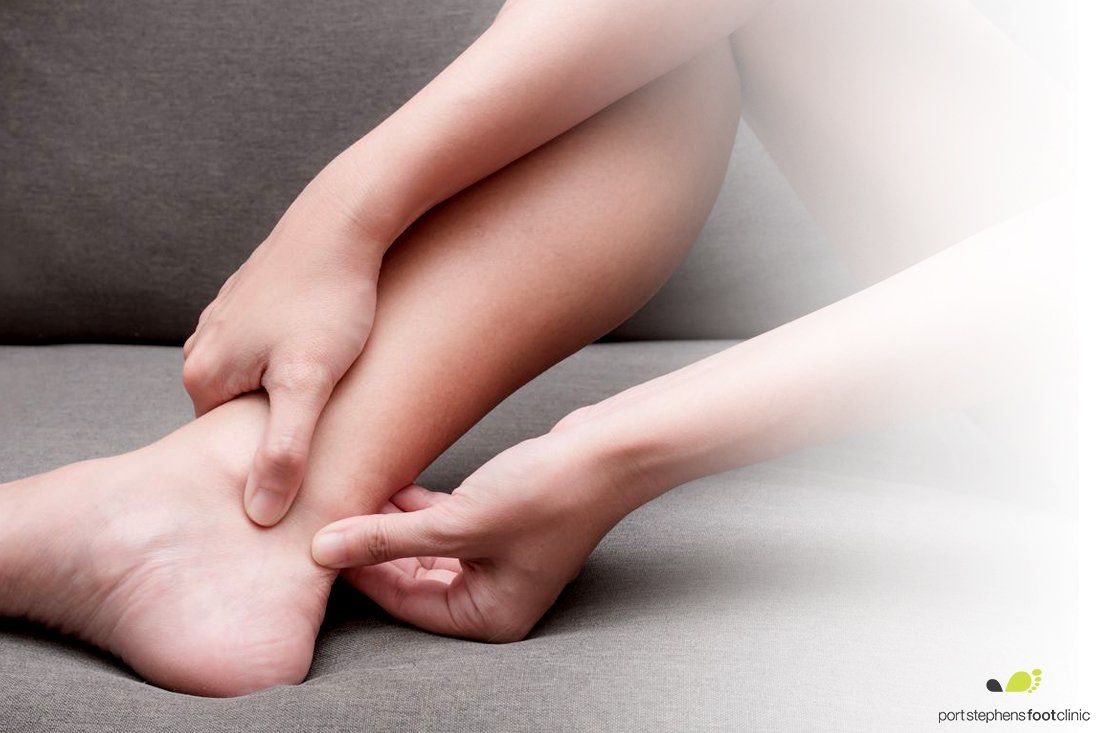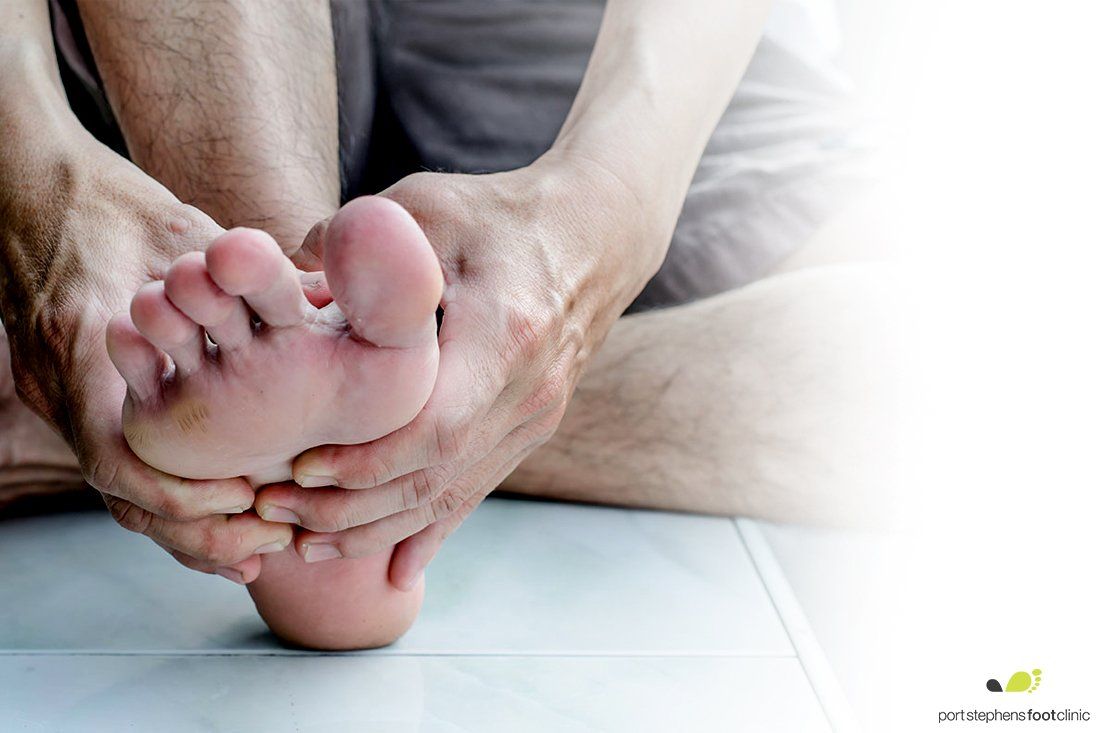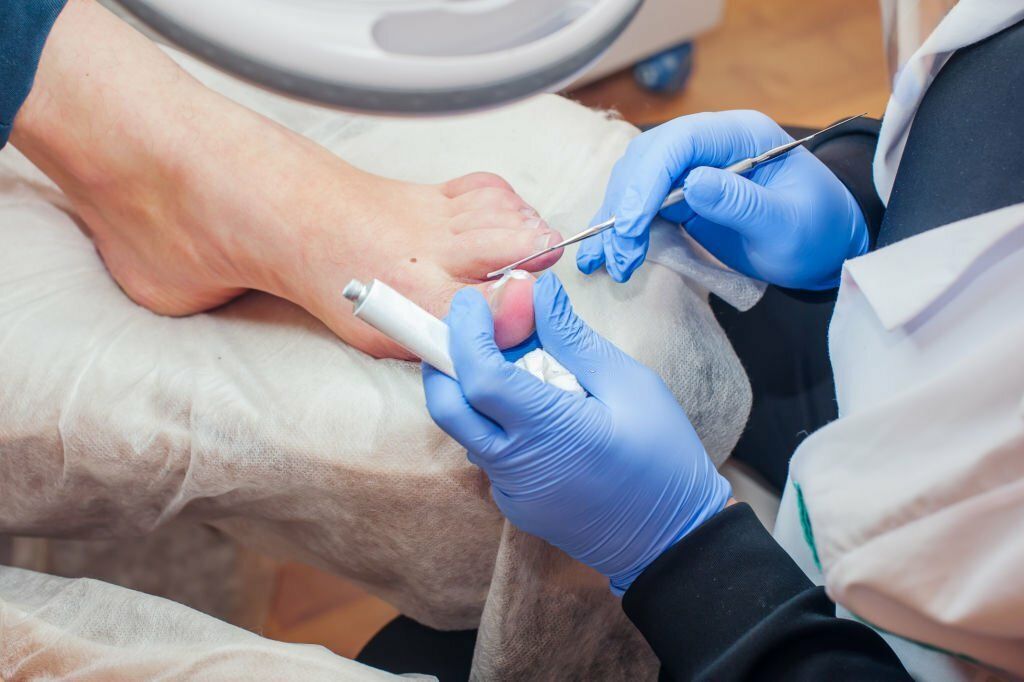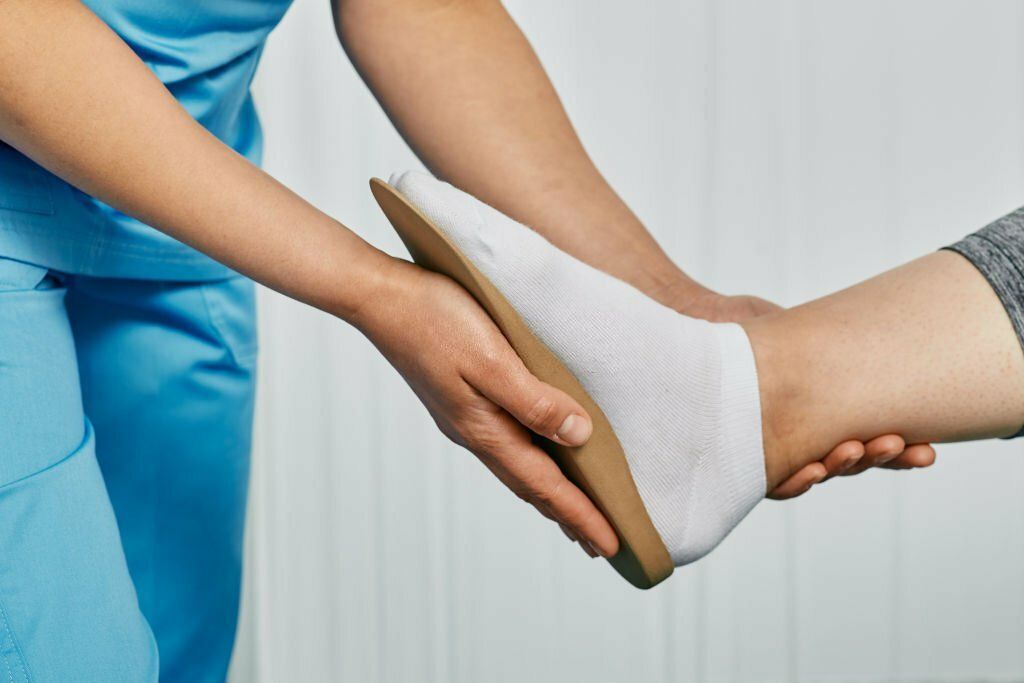Plantar Fasciitis
The plantar fascia is a ligament structure that runs along the bottom of the foot, from the heel to the forefoot which helps support the arch of the foot.
Foot pain can hinder your quality of life. Since your feet take all of your weight when walking, it can be debilitating when you have pain there. One of the most common causes of foot pain is plantar fasciitis. Excessive tension and pulling on the plantar fascia damages the ligament which leads to inflammation, pain and sometimes a bony heel spur.
Seeing a Podiatrist as early as possible is key, as the plantar fascia can take a long time to heal. Read on for more detailed information about this condition and how to find fast relief.
What Is Plantar Fasciitis?
Plantar fasciitis is a result of inflammation of the band of tissue on the bottom of your foot that goes from the heel bone to the toes. This ligament is called the plantar fascia. When it becomes strained, there can be swelling, inflammation, and pain. It’s particularly painful when you put pressure on it to walk. Some people may experience only mild pain, while other cases may be more severe.
What Are the Symptoms of Plantar Fasciitis?
As noted above, the main symptom of plantar fasciitis is pain in the heel of the foot. However, you can also experience pain anywhere along the plantar fascia ligament. Other symptoms associated with this problem include:
- Stabbing pains in the heel of the foot when first putting pressure on it in the morning
- Pain that subsides as the day wears on (in some cases, the pain may continue to be severe without subsiding)
- Worsening pain when standing on hard surfaces
What Causes Plantar Fasciitis?
The causes of plantar fasciitis are varied. For some people, the reasons are unknown. However, there are some risk factors that may make you more prone to developing this condition. These include:
- Wearing poorly-fitting shoes with inadequate support
- Overstressing the foot through vigorous sports like running
- Problem with pronation, which is the natural way your foot rolls inward when you walk — some people's feet do this excessively, called overpronation.
- Added weight on the feet due to obesity
- Problems with your arches
How We Help Treat Plantar Fasciitis
Treating plantar fasciitis right away is critical to having your life back again. If you ignore the problem, you may end up with additional problems like hip and leg pain from changing your walking pattern. At Port Stephens Foot Clinic, we can provide solutions that will ease the pain of plantar fasciitis. Our proven methods bring relief so you can function normally in life without this disability.
Here are a few methods we can assist you with to begin the healing process:
- Massage & Warming — The first thing in the morning, massage the ligament structure, which will warm it and prepare you for the day.
- Ice it — At the end of the day, use an ice pack or cold compress to reduce any inflammation from the day. This will help ease your pain.
- Use supportive footwear —Always wear supportive footwear. Avoid going barefoot or wearing flat shoes or thongs.
- Taping & strapping — Our certified podiatrist will provide taping of your foot. This alleviates the pressure of the plantar fascia, as well as increasing support to your entire foot.
- Orthoses — This shoe insert will support your feet and correct any abnormalities that may be causing the plantar fasciitis.
Next Steps
Our local certified podiatrists based in Lambton, Medowie, Raymond Terrace, Tanilba Bay, Cessnock and Kurri Kurri are ready to assist you with the pain caused by plantar fasciitis. Don’t delay getting your issue resolved. Get in touch with us today to schedule an evaluation.



